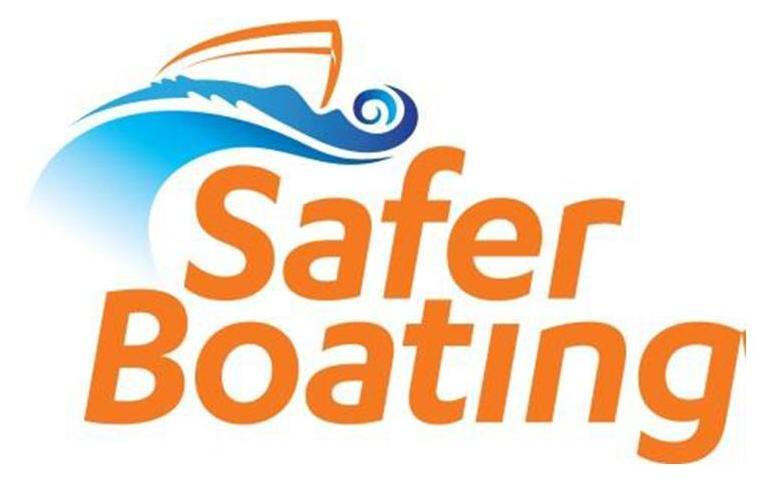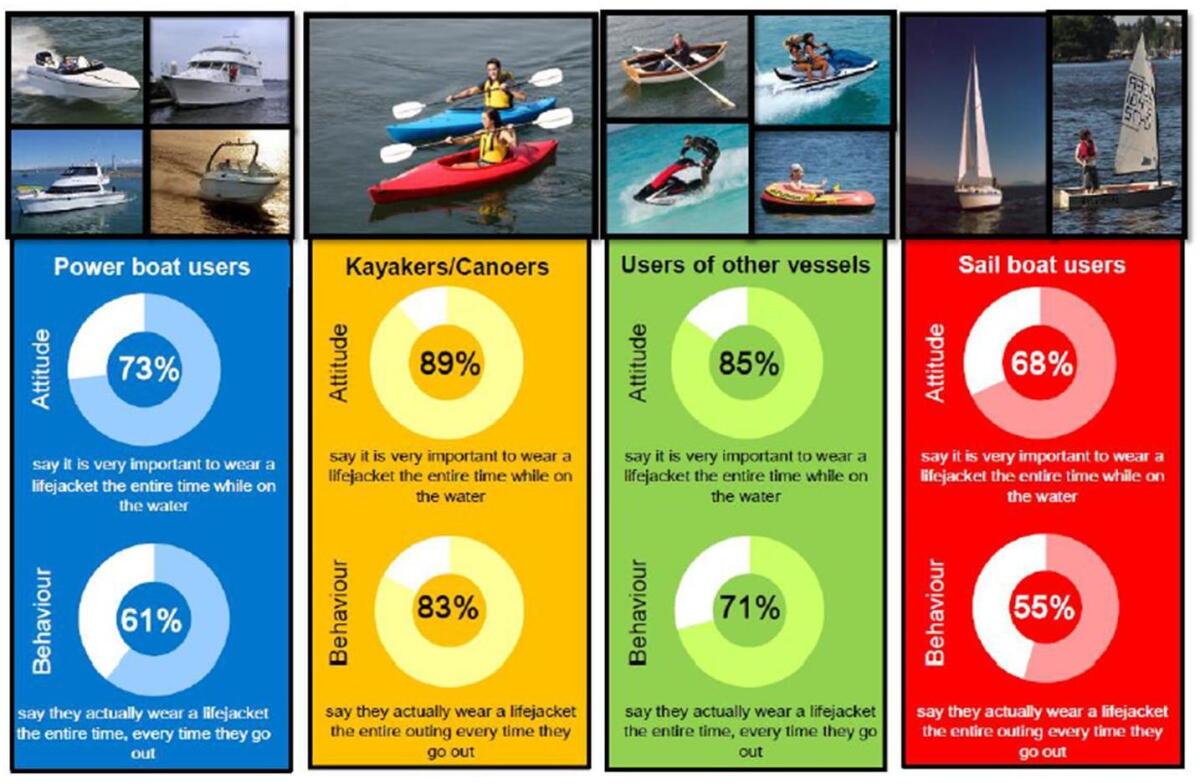Blogs
Lifejackets are life savers
- Research commissioned by Maritime New Zealand (MNZ) shows that people who wear lifejackets on the water are more likely to survive if something goes wrong.
- Not wearing a lifejacket is the leading risk factor for boating fatalities. The other key risks are: not carrying communications, not checking the weather, and drinking alcohol.
- Two-thirds of those who die in recreational boating accidents each year could be saved if they wear a lifejacket. Source: NPBSF 2006
- Men aged 40 plus are over-represented in recreational boating fatalities. Qualitative research suggests their “bulletproof” attitude to safety is the main issue. Source: IPSOS 2013
- Everyone on board a boat less than 6 metres should wear a lifejacket at all times. Most accidents occur suddenly, with no warning – there may be no time to grab a lifejacket, and it is extremely difficult to put on a lifejacket in the water. Many boaties drown less than 200 metres from shore.
What the research shows
- MNZ figures show 19 people died in recreational boating accidents in New Zealand waters in 2013. So far 24 people have died in recreational boating accidents in 2014 (as at 10 December 2014).
- In research commissioned by MNZ, 85% of those who own and/or use recreational vessels said they carry enough lifejackets for all those on board (the rate varies, depending on the boat type and the number of passengers carried). Source: Research NZ 2014
- Only 70% of boaties say they wear a lifejacket at all times on the water. This rate is highest for kayakers and canoeists (83%), and falls to just over 60% for people in power boats and 55% for people in sail boats. Source: Research NZ 2014
- Qualitative research prepared for MNZ shows the key barriers to wearing a lifejacket are people’s confidence as a skipper and/or a swimmer, the perception of there being no risk, and feeling uncomfortable or uncool wearing a lifejacket. Source: IPSOS 2013
- People wear a lifejacket because the skipper or boat club insists; they are taught or given expert advice to do so; they feel safer wearing one or have one that fits comfortably; they know the risks of not wearing one; and/or they want to set an example to others, such as children.
What the law requires
- Recreational boaties are legally required by maritime rules to carry enough correctly sized, serviceable lifejackets for everyone on board.
- Maritime rules make it the skipper’s legal responsibility to ensure that lifejackets are worn in situations of heightened risk – such as when crossing a bar, in rough water and during an emergency.
- Many regional council bylaws make the wearing of lifejackets compulsory on small craft, with some allowing them to be removed if the skipper considers the risk to be low.
- The Associate Minister of Transport has asked MNZ for a report on options for a national rule for lifejacket requirements. MNZ will consult with regional councils and the NZ Safer Boating Forum (previously the National Pleasure Boat Safety Forum) as part of forming the options that will be submitted for the Minister’s consideration. The report is expected by the end of March 2015.
NZ Safer Boating Forum and Maritime New Zealand’s position
- The Forum and MNZ support the move to make lifejackets compulsory for all children aged under 15.
- MNZ and the Forum also encourage everyone on the water to wear lifejackets at all times, particularly in vessels under 6m. This is aimed at reducing the number of boating fatalities and encouraging a behaviour change by boaties, to wear their lifejackets rather than just carry them.
- MNZ’s “Lifejackets for Life” advertising campaign, styled on TV cop shows from the 1980s, targets men and sends the deadly message that if boaties don’t wear a lifejacket they are risking their lives.
Source: Research New Zealand 2014
About the NZ Safer Boating Forum
- The NZ Safer Boating Forum is a network of government agencies, local body groups and marine industry associations and publications that promotes recreational boating safety in New Zealand.
- In October 2013, the Forum joined national boating authorities from Australia, Canada, France and the United Kingdom as a safety partner to the International Lifejacket Wear Principles. These principles are aimed at promoting personal responsibility through wearing lifejackets in small vessels and making lifejackets a normal part of any media, publicity or advertising involving small boats.
Choosing a lifejacket
- Lifejackets must meet New Zealand Standard (NZS) 5823: 1999, NZS 5823: 2001, NZS 5823: 2005, or another national or international standard substantially complying with the New Zealand standards. For more information about lifejackets, visit maritimenz.govt.nz/lifejackets.
- It is essential to have the correct size and type of lifejacket for the person and boating activity. Lifejacket retailers can help with selecting the right lifejacket.
- Some lifejackets provide more than flotation – they allow a person in the water to keep still and conserve their energy, which will help to delay the onset of hypothermia.
- Crotch straps to stop lifejackets riding up are recommended for situations other than very calm water and are mandatory for all lifejackets worn by children.
Looking after lifejackets
- Lifejackets should be worn – not stowed under seats or forward in the cabin – in case of capsize or other emergency. When not in use, store lifejackets away from the sunlight. Ensure they are dry and clean and away from chemicals.
- Inflatable lifejackets need to be checked and serviced regularly so that they will work when needed.


















